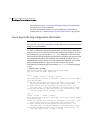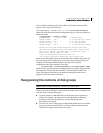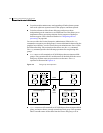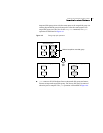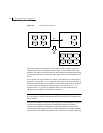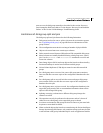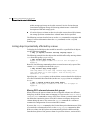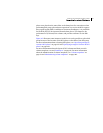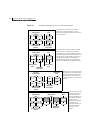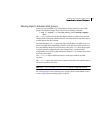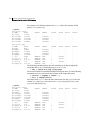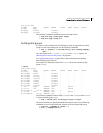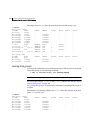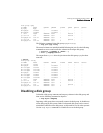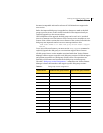
202 Creating and administering disk groups
Reorganizing the contents of disk groups
Figure 4-7 Examples of disk groups that can and cannot be split
X
SnapshotVolume
data plexes plex
Volume DCO
plexes
Snapshot
DCO plex
X
Split
SnapshotVolume
data plexes plex
Volume DCO
plex
Snapshot
DCO plex
Volume DCO
plex
Snapshot
Volume 1
data plexes
plex
Volume 1 DCO
plexes
Snapshot
Volume
data plexes
plex
Volume DCO
plexes
Split
Snapshot
DCO plex
?
The disk group can be split as the DCO
plexes are on dedicated disks, and can
therefore accompany the disks that contain
the volume data.
The disk group cannot be split as the DCO
plexes cannot accompany their volumes.
One solution is to relocate the DCO plexes.
In this example, use an additional disk in the
disk group as an intermediary to swap the
misplaced DCO plexes. Alternatively, to
improve DRL performance and resilience,
allocate the DCO plexes to dedicated disks.
The disk group can be split as the
DCO plexes can accompany their
volumes. However, you may not
wish the data in the portions of
the disks marked “?” to be moved
as well.
The disk group cannot
be split as this would
separate the disks
containing Volume 2’s
data plexes. Possible
solutions are to
relocate the snapshot
DCO plex to the
snapshot plex disk, or
to another suitable
disk that can be
moved.
Volume 2
data plexes
?
?
Snapshot
DCO plex
?



